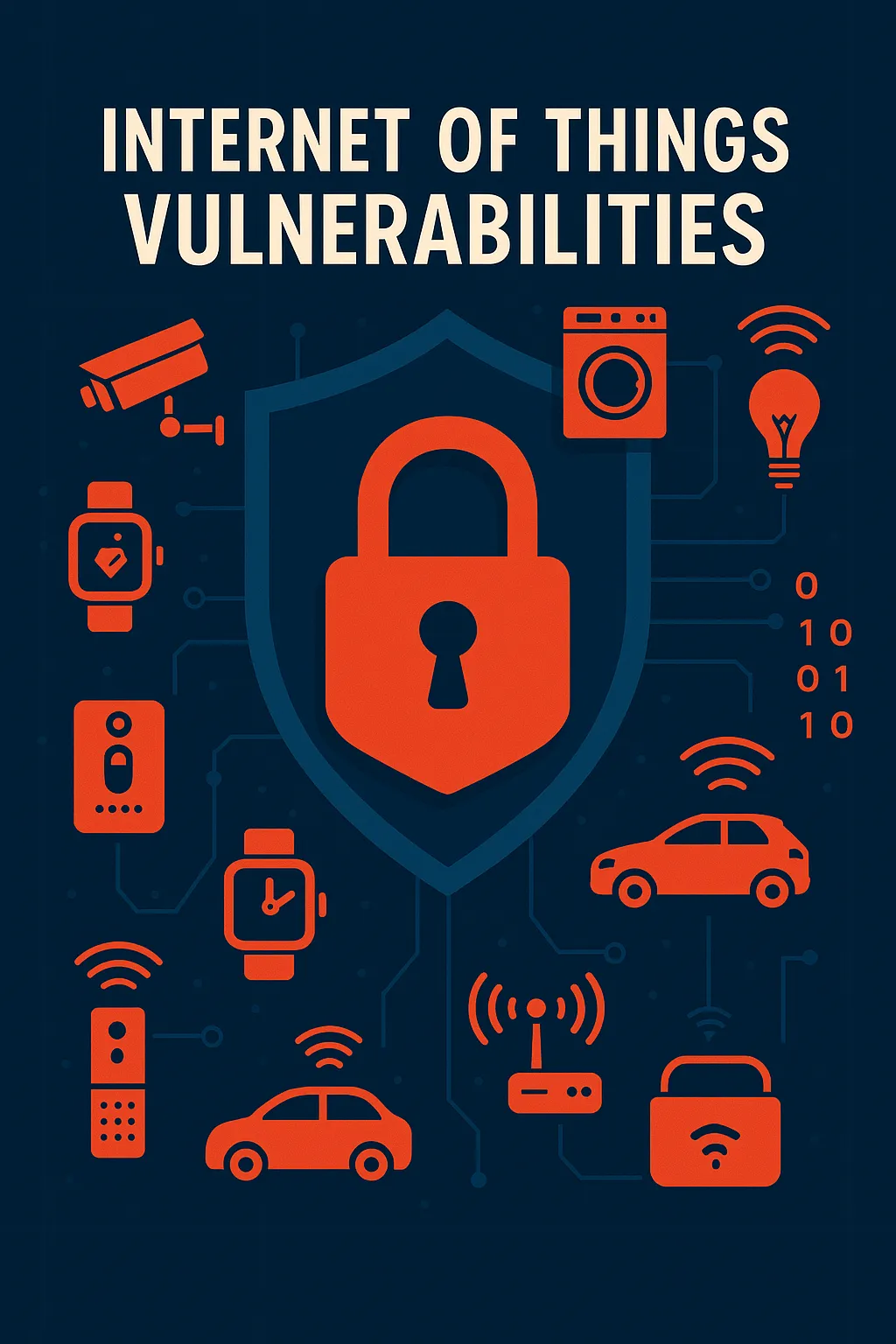Understanding the NIST Cybersecurity Framework
The National Institute of Standards and Technology (NIST) Cybersecurity Framework provides guidelines and best practices for managing and reducing cybersecurity risk. Originally published to enhance the security and resilience of the nation's critical infrastructure, it has been widely adopted across various sectors due to its flexibility and effectiveness.
Core Components of the NIST Framework
The Framework is divided into three main components: the Framework Core, the Framework Implementation Tiers, and the Framework Profiles. Each component assists organizations in achieving their cybersecurity objectives through different approaches tailored to their specific needs and risk environments.
Why the NIST Framework Matters
With increasing cyber threats, understanding and applying the NIST Framework can significantly bolster an organization's defenses. The modular and adaptable nature of the Framework allows it to be applied not just for compliance, but also as a strategic tool to manage risks effectively. Its impact is evident in sectors from banking to healthcare, providing a structured approach to security planning and risk management.
Implementing the NIST Framework
Implementation involves understanding current cybersecurity practices, determining the organization's risk tolerance, and aligning its processes with the Framework's core functions: Identify, Protect, Detect, Respond, and Recover. Through this process, it assists businesses in not just planning but also reacting to cybersecurity incidents more effectively.
Real-World Application and Benefits
Many organizations have reported improvements in managing cybersecurity risks since adopting the NIST Framework. It provides a common language for internal and external discussion of cybersecurity issues, which is crucial for improving understanding and implementing effective cybersecurity measures.
Conclusion and Takeaway
The NIST Cybersecurity Framework is more than a compliance checklist; it's a strategic guide that enhances an organization's ability to manage cybersecurity risks. By adopting and adapting the Framework according to their specific circumstances, organizations can not only improve their security but also their resilience against cyber threats.
For further details, see the original article here: What is the NIST Cybersecurity Framework? | Fortra's Digital Guardian.
